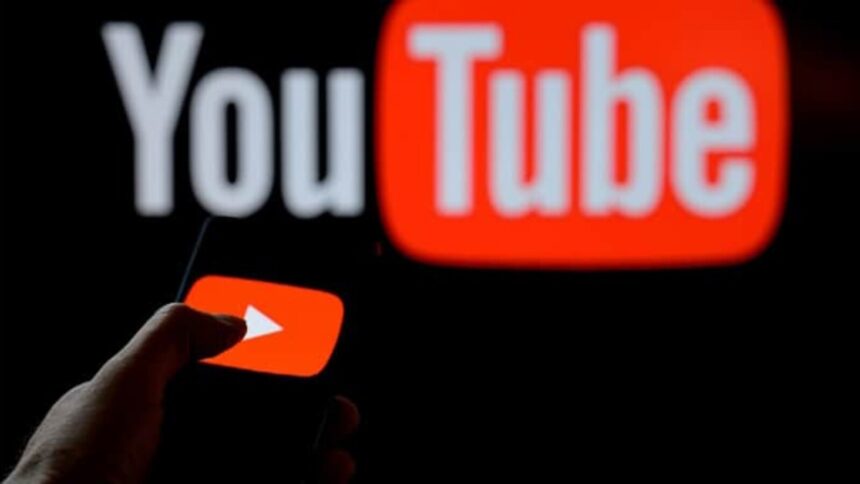YouTube is rolling out new features designed to give creators more control over how they earn on the platform, moving beyond its traditional reliance on ad revenue. The announcement, made during the company’s “Made on YouTube” event, highlights tools that allow creators to swap brand sponsorships in long-form videos and tap into an expanded Shopping programme.
For years, YouTube’s monetisation system leaned heavily on ad splits, Super Chats, memberships, and external brand sponsorships. While these options sustained many creators, they often came with limits. Brand deals, for example, were fixed once content went live, locking creators into long-term agreements that couldn’t adapt to changing opportunities.
The new update changes that dynamic. Creators can now replace or update sponsorships in long-form videos even after publishing, a move that introduces unprecedented flexibility into the partnership model.
At the same time, YouTube is doubling down on its Shopping programme, giving creators easier ways to tag products, integrate affiliate links, and boost discoverability of shoppable content. This signals a growing push to blend commerce with entertainment, much like what TikTok and Instagram have been doing.
What It Means for Creators and Brands
For creators, the changes open the door to more sustainable revenue streams. The ability to adjust sponsorships means videos with long shelf lives—such as tutorials, reviews, or documentaries—can continue to generate income long after their initial release.
For brands, the system promises greater flexibility. Partnerships can now be targeted, updated, or replaced, potentially improving return on investment without requiring creators to re-shoot or upload fresh content.
Viewers, meanwhile, may see product placements and shopping integrations that feel more relevant to their interests. But this also raises questions about whether content will increasingly prioritise commerce over creativity.
The timing of YouTube’s move is no accident. Competition in the creator economy is heating up, with TikTok’s rapid growth and Instagram’s shopping integrations forcing YouTube to evolve. By deepening its role in commerce, YouTube positions itself not just as a video platform but as a central player in the creator-commerce ecosystem.
However, transparency remains critical. If creators can update sponsorships long after publishing, viewers must still be able to recognise when content has been commercialised. Disclosure rules and trust between creators and their audiences will be tested in this new environment.
Implications for Global Creators
For creators in emerging markets—including Africa, where ad revenue often fluctuates—these tools could provide more reliable earnings. By reducing dependency on external sponsorship negotiations, YouTube may empower smaller creators to build income streams directly on the platform.
But there are concerns about access. Historically, features such as Shopping and affiliate tools have been rolled out first in select countries. If YouTube truly wants to empower the global creator community, it will need to ensure these tools reach diverse regions, not just established markets.
YouTube’s latest updates underline a broader trend in tech: the merging of content and commerce. While the tools promise new opportunities, they also blur the line between genuine creativity and commercial influence.
The key question now is whether creators can balance authenticity with monetisation—or whether platforms like YouTube risk turning every video into little more than a storefront.
Talking Points
YouTube’s push to allow sponsorship swaps and expand shopping tools signals a deeper shift: content may increasingly be designed around what sells rather than what educates or entertains.
This raises a cultural question—are we moving from storytelling to store-telling?
The flexibility of updating sponsorships in older videos is a big win—especially for evergreen content creators who can monetise work for years.
But the same flexibility risks diluting trust. Imagine watching a tutorial that suddenly starts pushing a new brand two years later—audiences may feel manipulated.
In Africa, where advertising CPMs are often lower and brand deals harder to secure, these tools could help smaller creators stabilise income.
However, if YouTube rolls out features unevenly—as tech giants often do—African creators risk being stuck in the “old system” while the rest of the world moves ahead. This digital inequality needs to be addressed head-on.





